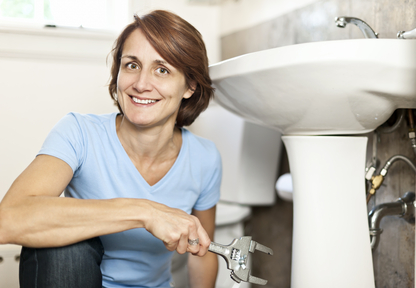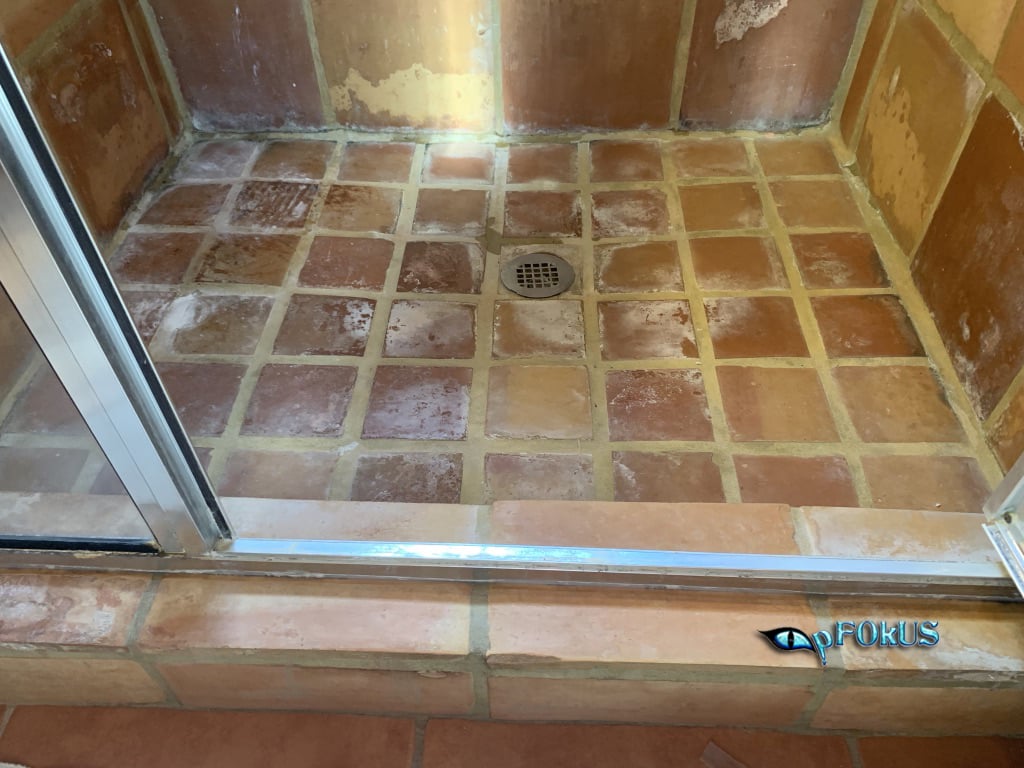How to Help Prevent Water Damage in Your Bathroom
How to Help Prevent Water Damage in Your Bathroom
Blog Article
Right here in the next paragraph yow will discover lots of helpful data pertaining to Preventing Water Damage in the Bathroom.

The restroom is very at risk for moist accumulation as well as prospective water damages as a result of the frequent use of water in it. This short article uses straightforward inspection techniques to help discovering water damages threats.
The constant use of water in the bathroom makes it incredibly susceptible for damp build-up and also possible water damages. By evaluating it regularly, you can reduce water related damages.
The following set of examinations is easy to perform and should be done once in every three months in order to keep your bathroom in good shape as well as to avoid prospective water damages triggered by the tub, the shower, pipe joints and plumbing, sinks, cabinets, and the toilet
Do not neglect performing these examinations and also be detailed while executing them. Remember that these basic assessments can save you a lot of money by providing very early signs for water damages
Sinks as well as Cabinets
Sinks as well as cabinets are exposed to dampness as well as humidity daily and are often ignored. Check frequently under the sink and on the countertop over it. Fix any drip in the trap as it might suggest drain troubles. Check out the sink, sluggish draining pipes might show a blocked drain. Change sink seals if they are split or loose.
Bath tub as well as Shower
The shower as well as bathtub call for special interest and upkeep. Inspect the ceramic tiles and change if broken. Make sure that there is no missing out on grout in between the ceramic tiles. Inspect and also change fractured caulking at joints where the walls fulfill the floor or the bath tub. Clogged drains pipes and pipelines problems will certainly prevent the tub from drying out as well as may show major troubles beneath the tub. Consult with an expert quickly to avoid architectural damage. Focus on stainings or soft areas around the bath tub walls as they may show an internal leak.
Plumbing
Signs for water damages are hard to discover given that many pipelines are mounted inside the walls.
Pay unique focus to flooring as well as walls wetness and also stains as they might indicate an undetectable plumbing trouble. Check wetness degrees in adjacent areas as well.
The Bathroom
The commode is a prone water joint. Check the water lines and search for leakages around the commode seat, in the hose, as well as under the water storage tank. If you identify any signs of wetness on the flooring around the commode, look for leaks in the toilet rim as well as storage tank seals.
Realize that hanging toilet bowl deodorants boosts the opportunities for blockages.
Water Damage Signs In The Bathroom To Avoid Cleanup
Musty smell
This is one of the easiest signs to catch because musty smells are so odorous. The damp, earthy, moldy smell should be a big red flag. The smell will develop when moisture gets trapped in surfaces, and begins to facilitate mold growth. Leaking pipes under cabinets, inside walls, and behind shower fixtures will cause moisture to stay trapped and not dry, which will lead to mold growth and spread. As soon as you notice any musty smells in your bathroom, have it checked for hidden water damage and cleanup signs.
Visible mold
If the smell isn’t there to give it away, sometimes you will actually see mold growth. Finding mold in your bathroom is a serious problem, because mold is very harmful to your health. By the time mold growth is visible, it also means that water damage has already occurred and been present for some time. The only way the mold problem can be resolved is to find the source of the moisture and get it stopped. To safely and adequately remove mold, you need to have professionals handle the remediation. Do not waste any time in getting mold problems addressed, fixed, and sanitized so that you can protect you and your family from the many respiratory symptoms caused by mold exposure.
Damaged floors
Bathroom floors should be able to withstand some exposure to water while still remaining in good condition. However, when excess exposure or water leaks occur, they will begin to damage even the most water-resistant flooring. If you notice any cracking, bubbling, staining, or warping on your bathroom floors, there is probably a water leak somewhere causing the distortion. If you notice areas of the floor have become softer, or even have a spongy feeling, there is probably damage to the subfloor. Subflooring is typically made up of plywood. When plywood is exposed to water or moisture, it will absorb it. Once it has become saturated, the weight of the excess water will cause the wood to swell and soften. Check the floors in your bathroom frequently to catch any of these sings before they lead to damaged subflooring.
Changes on walls
When water leaks behind walls, it will cause changes in the drywall. Peeling plaster, blistering paint, and soggy wallpaper are all good indicators that excess water is building up behind the wall. Water leaking behind drywall will cause it to swell and be soft to the tough. If you start to notice gaps along the trim of your walls, or where tile meets the wall, it could also be a strong indicator that there is a leak behind the wall. Any changes, distortion, or damage on the walls should be evaluated as soon as you notice it to prevent further water damage and cleanup.

We are very intrigued by Common Causes of Water Damage in a Bathroom and I'm hoping you appreciated my page. Are you aware of somebody else who is interested in the subject? Be sure promote it. Thanks a lot for taking the time to read it.
Visit The Following Page Report this page